Bunny Easter (or Easter Hare) is a character depicted as an anthropomorphic rabbit. In old stories, the creature brings baskets filled with eggs, colored and toys to the homes of children on the eve of the Passover. The Easter Bunny or put baskets in a certain place or hidden somewhere in the House for the children to find when they wake up in the morning. The Easter Bunny is similar to Santa Claus for Christmas, as both bring gifts to good children on the night before the holidays that are related.



Bunnies, eggs, Easter gifts and fluffy, yellow chicks in gardening hats all stem from pagan roots. These tropes were incorporated into the celebration of Easter separately from Christian tradition to honor the day that Jesucristo rose from the dead.
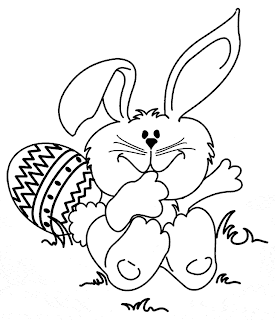
According to the center of the University of Florida for literature and culture, the origin of the celebration of children - and the origin of the Easter Bunny, goes back to the 13th century, Germany pre-Cristiano, when people worshiped many gods and goddesses. The Teutonic deity Eostra was the goddess of spring and fertility, and the festivities were held in his honor at the spring equinox. Its symbol was the rabbit by the high reproductive rate.

News: was the last supper the day before?
Spring also symbolizes the new life and rebirth. eggs were an ancient symbol of fertility. According to History.com, Easter eggs represent the resurrection of Jesus. However, this Association came much later, when the Catholic Church, the dominant religion in Germany in the 15th century and merged with already ingrained Pagan beliefs.
The first Easter Bunny legends was documented in 1500. By 1680, he published the first story about a rabbit laying eggs and hide them in a garden. These legends were brought to the United States in 1700, when German immigrants settled in Pennsylvania Dutch territory, according to the Centre for children's literature and culture. Soon followed the tradition of making nests for the rabbit to lay their eggs. Nests became decorated baskets and colored eggs were exchanged for sweets, cakes and other goodies.
Spring also symbolizes the new life and rebirth. eggs were an ancient symbol of fertility. According to History.com, Easter eggs represent the resurrection of Jesus. However, this Association came much later, when the Catholic Church, the dominant religion in Germany in the 15th century and merged with already ingrained Pagan beliefs.
The first Easter Bunny legends was documented in 1500. By 1680, he published the first story about a rabbit laying eggs and hide them in a garden. These legends were brought to the United States in 1700, when German immigrants settled in Pennsylvania Dutch territory, according to the Centre for children's literature and culture. Soon followed the tradition of making nests for the rabbit to lay their eggs. Nests became decorated baskets and colored eggs were exchanged for sweets, cakes and other goodies.






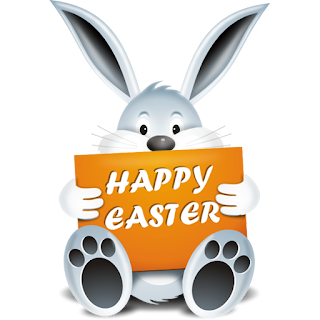




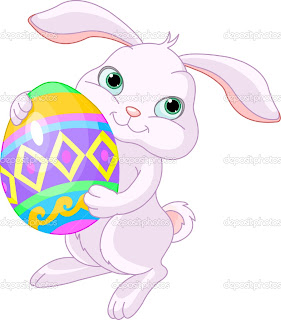






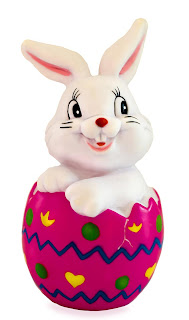

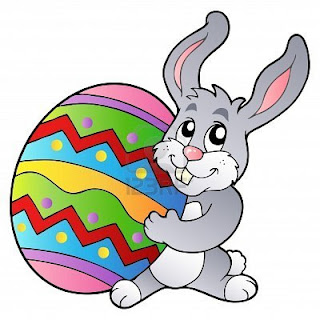

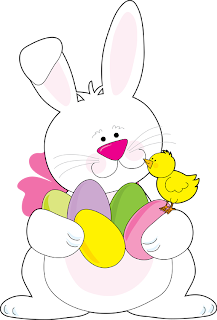





No comments:
Post a Comment